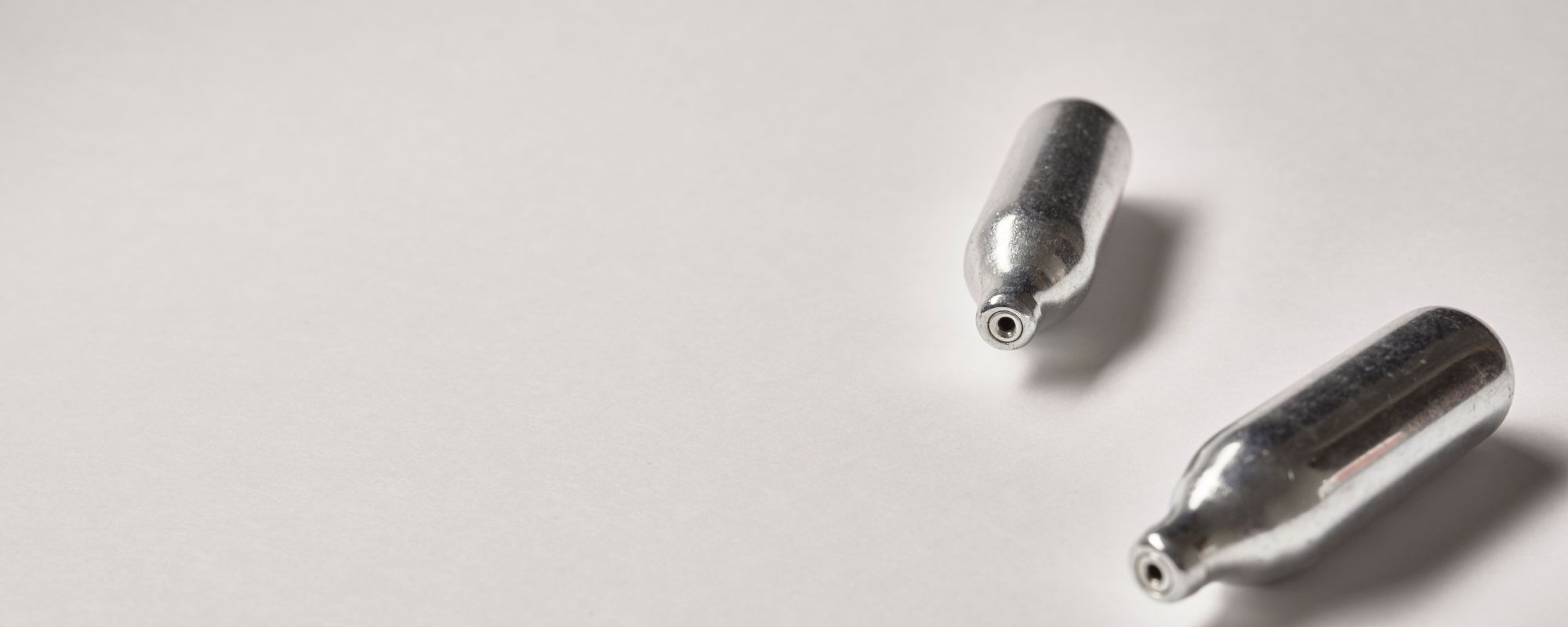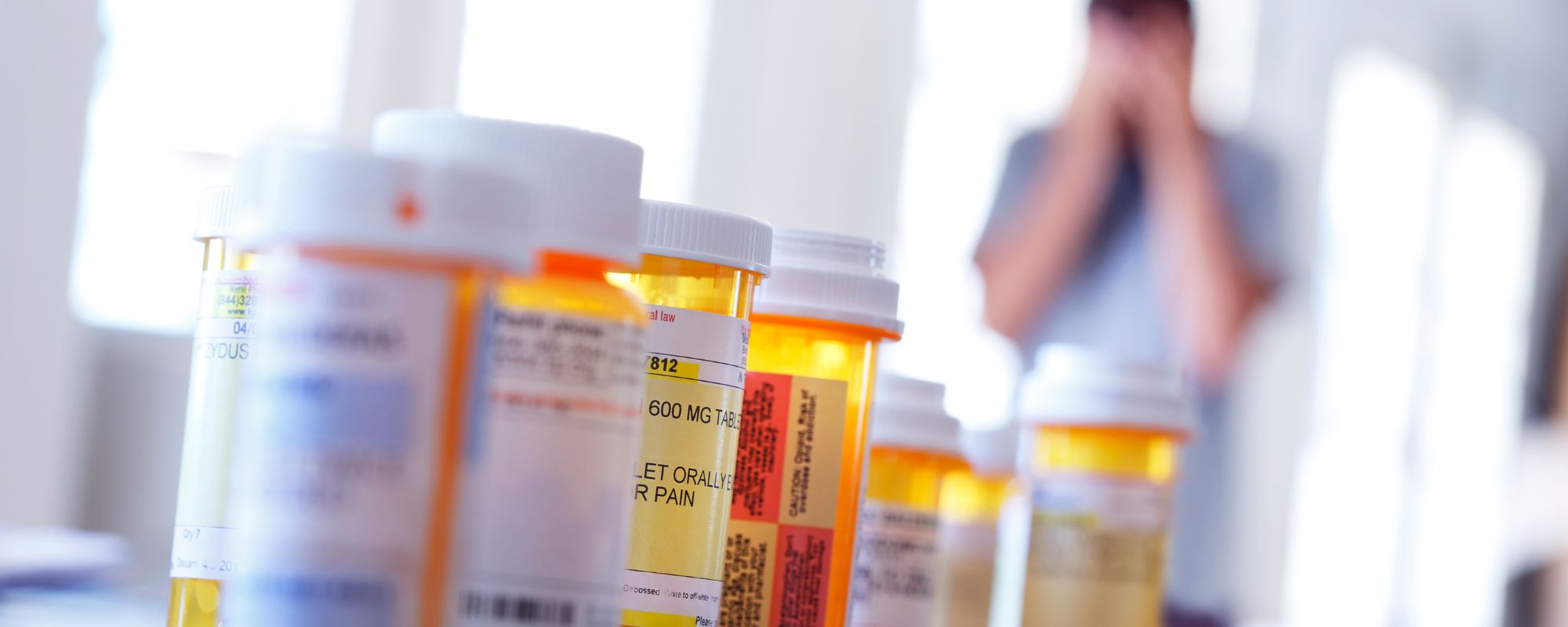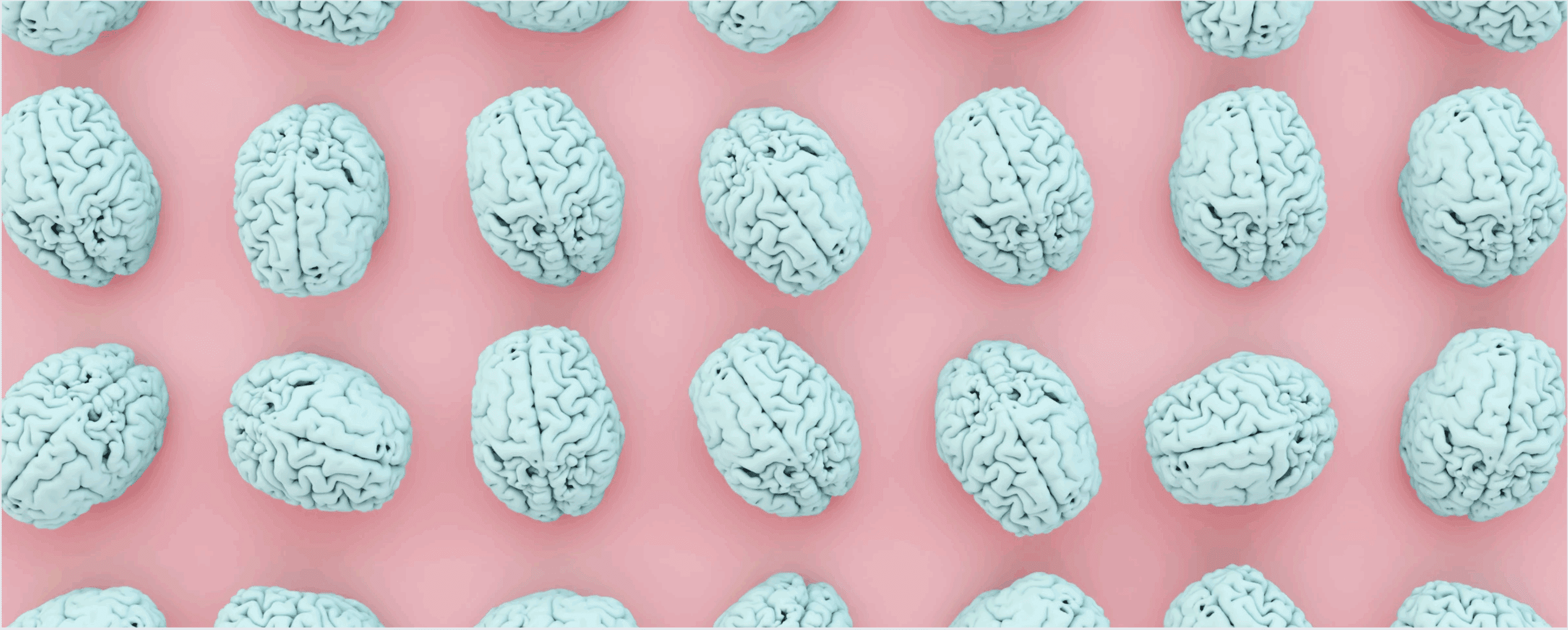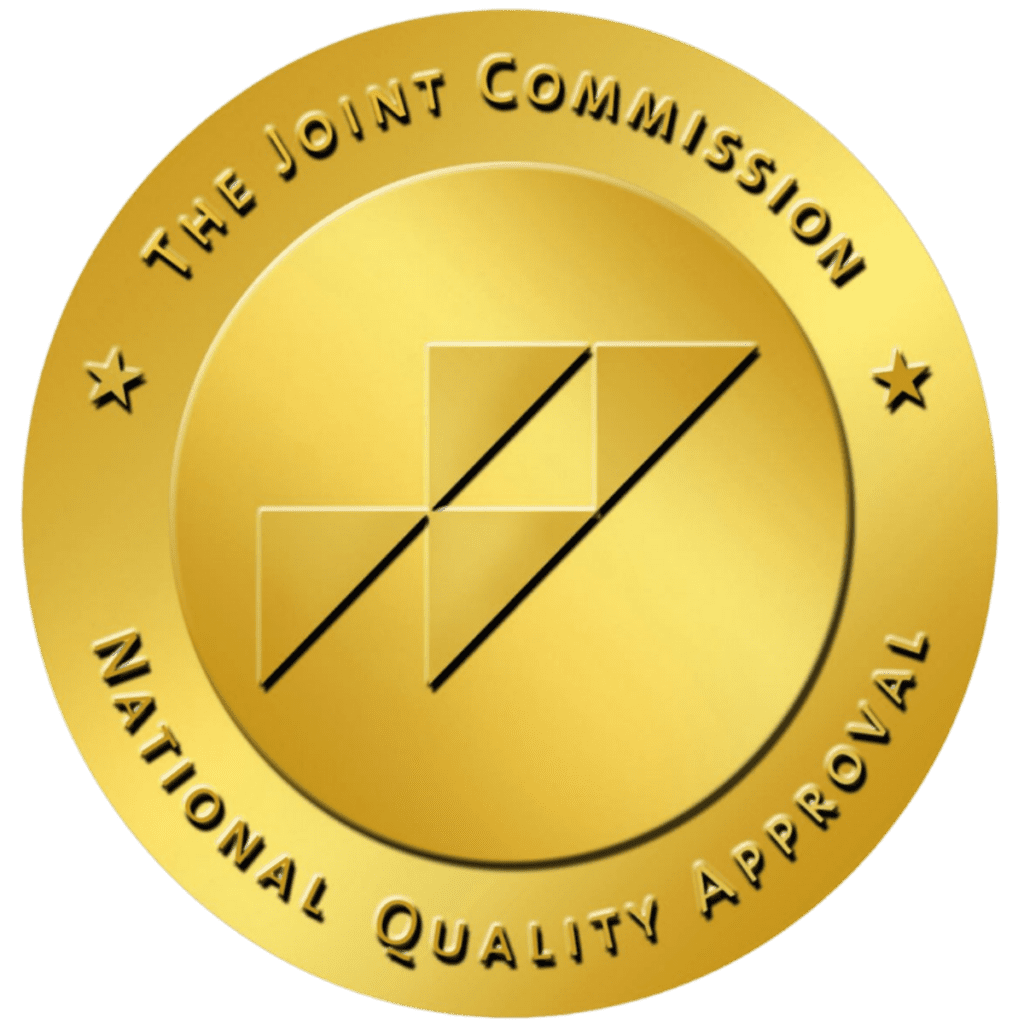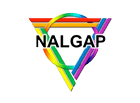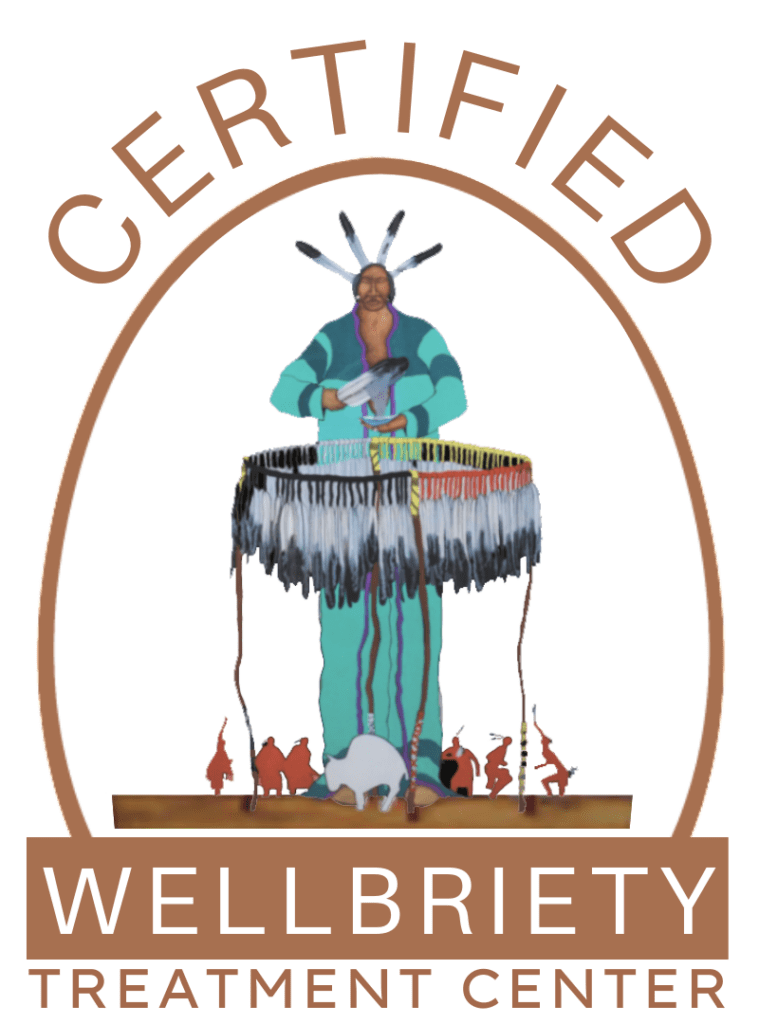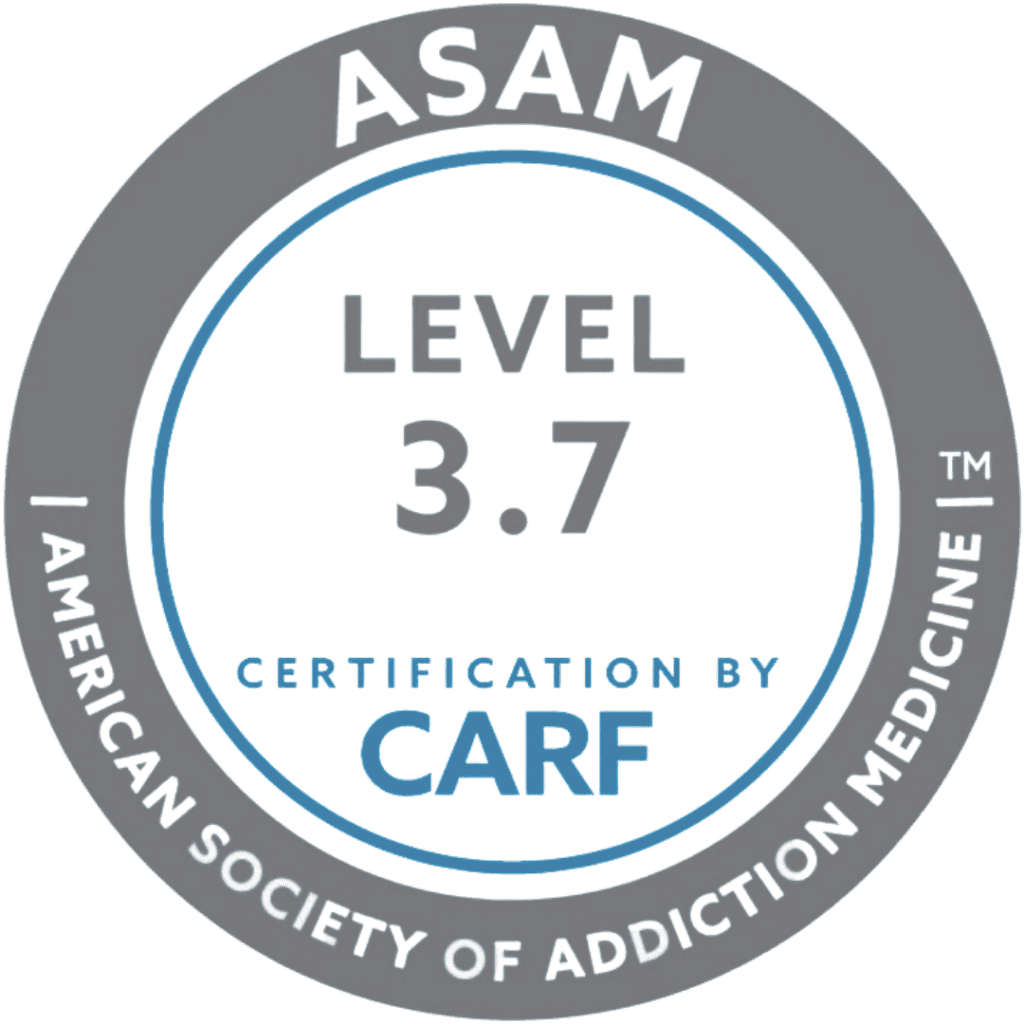Crack cocaine, commonly known as simply “crack”, is a powerful and addictive stimulant drug that has become infamous in popular culture. But what exactly is crack, and how is it different from powder cocaine? Here’s everything you need to know about this dangerous substance and the effects on crack drug users.
What Is Crack Cocaine?
Crack cocaine is processed or “cooked” cocaine. Crack gets its name from the crackling sound it makes as it’s processed or cooked. This form of cocaine is made with baking soda or ammonia, resulting in small rocks or crystals that can be smoked. It’s considered the “freebase” form of cocaine.
While regular cocaine is a powder that’s typically snorted or dissolved and injected, people smoke crack using a pipe, glass tube, or other device. This leads to very fast absorption and a nearly immediate intense high as the vapor enters the lungs and bloodstream. However, the effects are shorter lasting compared to snorted cocaine.
Crack first appeared in major cities in the United States in the early 1980s. Its usage quickly skyrocketed, accompanied by a surge in crime rates and hospital emergencies. It gained a reputation as a cheap, powerful, and extremely addictive substance that was ruining neighborhoods and destroying lives.
While its usage has declined since its peak in the late ’80s and early ’90s, crack remains a serious problem today. According to the 2020 National Survey on Drug Use and Health, approximately 908,000 Americans over the age of 12 had used crack in the past year.
Crack vs Cocaine: What’s the Difference?
While crack and cocaine originate from the same plant source, there are some key differences between the two:
- Appearance: Cocaine is a fine, white powder. Crack comes in crystalline rocks that can be various colors.
- How it’s taken: Many people wonder, “can you smoke cocaine?” or “can you snort crack?” Cocaine is most often snorted or dissolved and injected. Though more commonly smoked, crack can be snorted.
- Processing: Crack has been processed further with baking soda or ammonia, making it a freebase form of cocaine.
- Potency: Crack tends to be more potent with a faster onset when smoked. However, its effects are shorter lasting. Crack cocaine highs last about 15 minutes. When people snort cocaine, the high peaks around 20 to 30 minutes after inhalation and will last about 2 hours. While cocaine and crack cocaine highs are brief, the drug may stay in your system for up to three days.
- Cost: Crack is typically cheaper than cocaine. Many users will buy crack in individual doses, known as hits, which are significantly cheaper than weight amounts, often as little as $15. In 2020, the price for a gram of cocaine stood at $120 per gram.
- Prevalence of usage: These days, crack usage is more common in lower income, marginalized communities while cocaine remains prevalent in wealthy settings.
- Legal status: Both crack and cocaine are Schedule II controlled substances, indicating they have a high potential for abuse and addiction but can be prescribed for limited medical uses.
Get confidential help from our addiction and mental health treatment facilities located across the United States. Call to join one of our quality programs today!
Speak With Our Admissions TeamHow Do People Use Crack?
Unlike snorting cocaine powder, smoking crack requires a pipe or other specialized paraphernalia to vaporize the drug so it can be rapidly absorbed by the lungs.
Crack pipes are made from glass or makeshift materials like metal pipes or soda cans with the bottoms cut out. Small “rocks” of crack are placed inside and heated until the drug vaporizes and is inhaled through the pipe. The effects come on nearly instantaneously, producing an intense and euphoric high. However, these effects fade rapidly, often within 15-30 minutes.
The short-term effects can lead to compulsive redosing as the user takes hit after hit, trying to prolong the high. Smoking crack cocaine also carries risks like cracked lips, mouth sores, breathing problems, and lung damage.
Sharing crack pipes and other equipment is also an easy way to transmit diseases like hepatitis and HIV. The explosive spread of crack in the 1980s is blamed for helping fuel outbreaks of HIV among users.
Signs and Symptoms of Crack Addiction
Crack cocaine addiction can be one of the most destructive forms of substance abuse. Recognizing the signs of addiction early is important for getting treatment. Signs someone may be addicted to crack include:
- Physical signs: dilated pupils, increased heart rate, hyperactivity, weight loss, cracked lips/mouth sores, burns on fingers/lips
- Behavioral signs: lying/deception, stealing, mood swings, changes in social circles, losing interest in hobbies, financial problems
- Psychological signs: intense drug cravings, anxiety, paranoia, hallucinations, delusions
- Health complications: seizures, heart attack, stroke, lung damage, kidney damage, infections, sexually transmitted diseases
- Pregnancy issues: miscarriage, premature birth, birth defects
The intense cravings and short high of smoked crack make it extremely addictive psychologically as well. People become dependent on the drug just to feel normal or function each day.
Without treatment, crack addiction tends to get progressively worse over time and lead to total loss of control over usage. The chronic stress of crack addiction can also result in mental health issues like depression and psychosis.
Looking for quality treatment for substance abuse and mental health that’s also affordable? Aliya Health Group's treatment facilities accept most major insurance providers. Get a free insurance benefits check now!
Check Your CoverageCrack Addiction Treatment at Aliya Health Group
If you or someone you love is addicted to crack, reaching out for professional treatment is crucial. With appropriate help, crack cocaine addiction can be overcome, and you can reclaim your health and get back to enjoying life sober.
Here at Aliya Health Group, we provide comprehensive treatment for crack addiction based on the latest scientific research and best practices. Treatment plans are customized to address each client’s unique needs and challenges.
Our treatment options include:
- Medically supervised detox to safely clear drugs from your system
- Behavioral therapy including CBT, DBT, and contingency management
- Support groups and 12-step programming
- Dual diagnosis treatment for co-occurring disorders like depression or PTSD
- Ongoing aftercare and relapse prevention
- Psychiatric medication management services offering antidepressants or anti-anxiety drugs when appropriate
Our experienced and compassionate team is dedicated to helping people find freedom from crack and rebuild happier, healthier lives. We offer inpatient, outpatient, and hybrid treatment programs to make rehab accessible.
Don’t wait any longer to seek help. Call us today to discuss treatment options and get started on your drug abuse recovery journey. Our drug rehab center can help.





